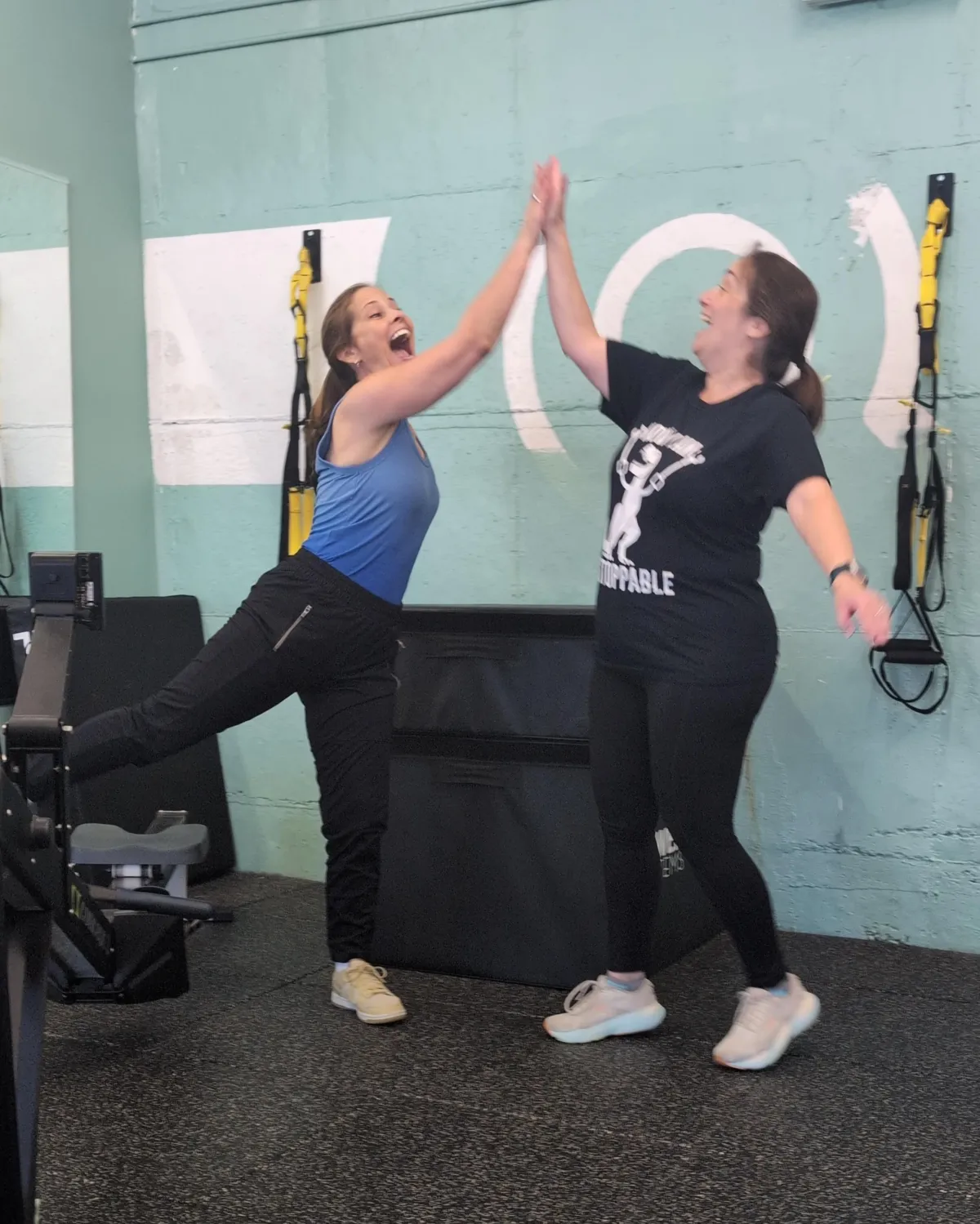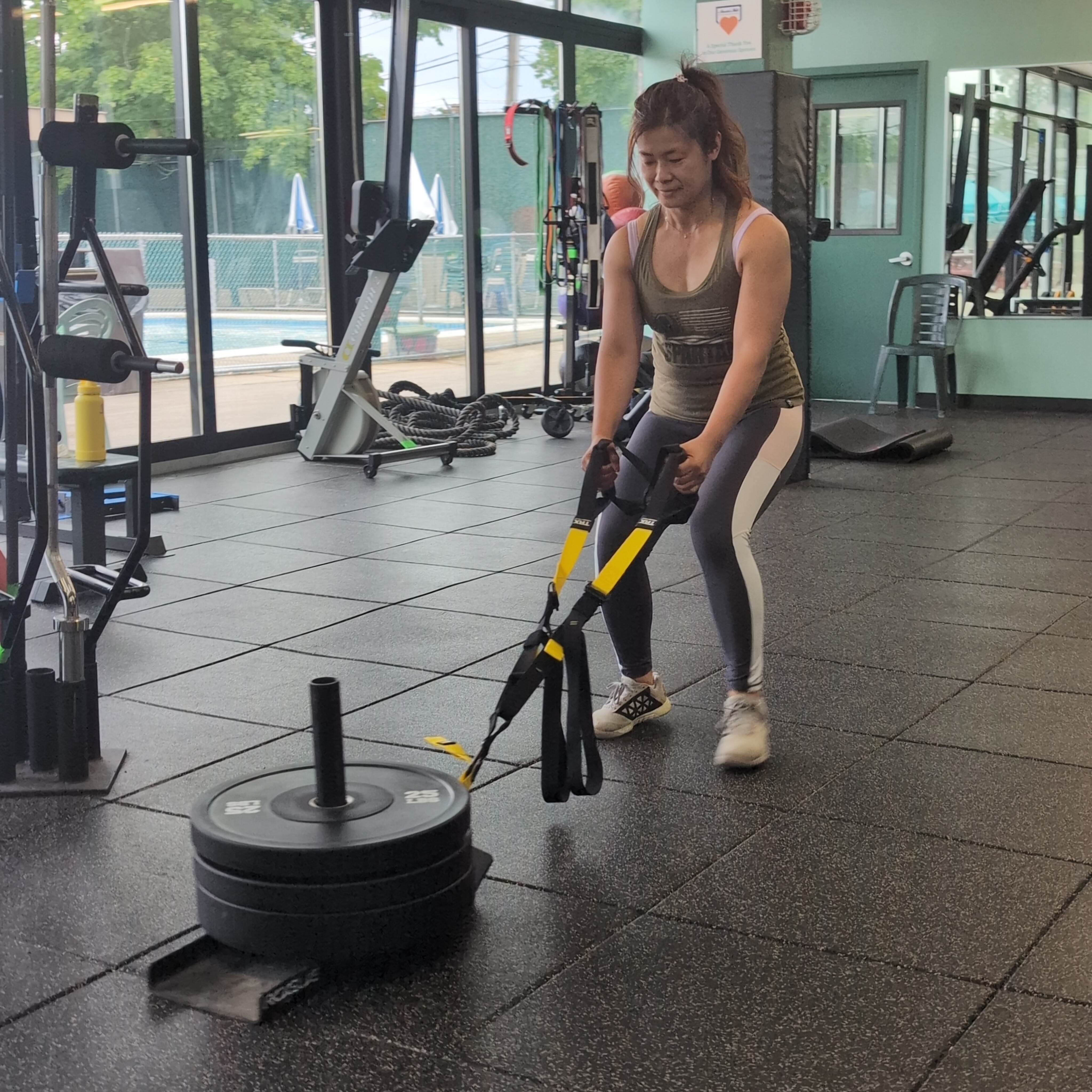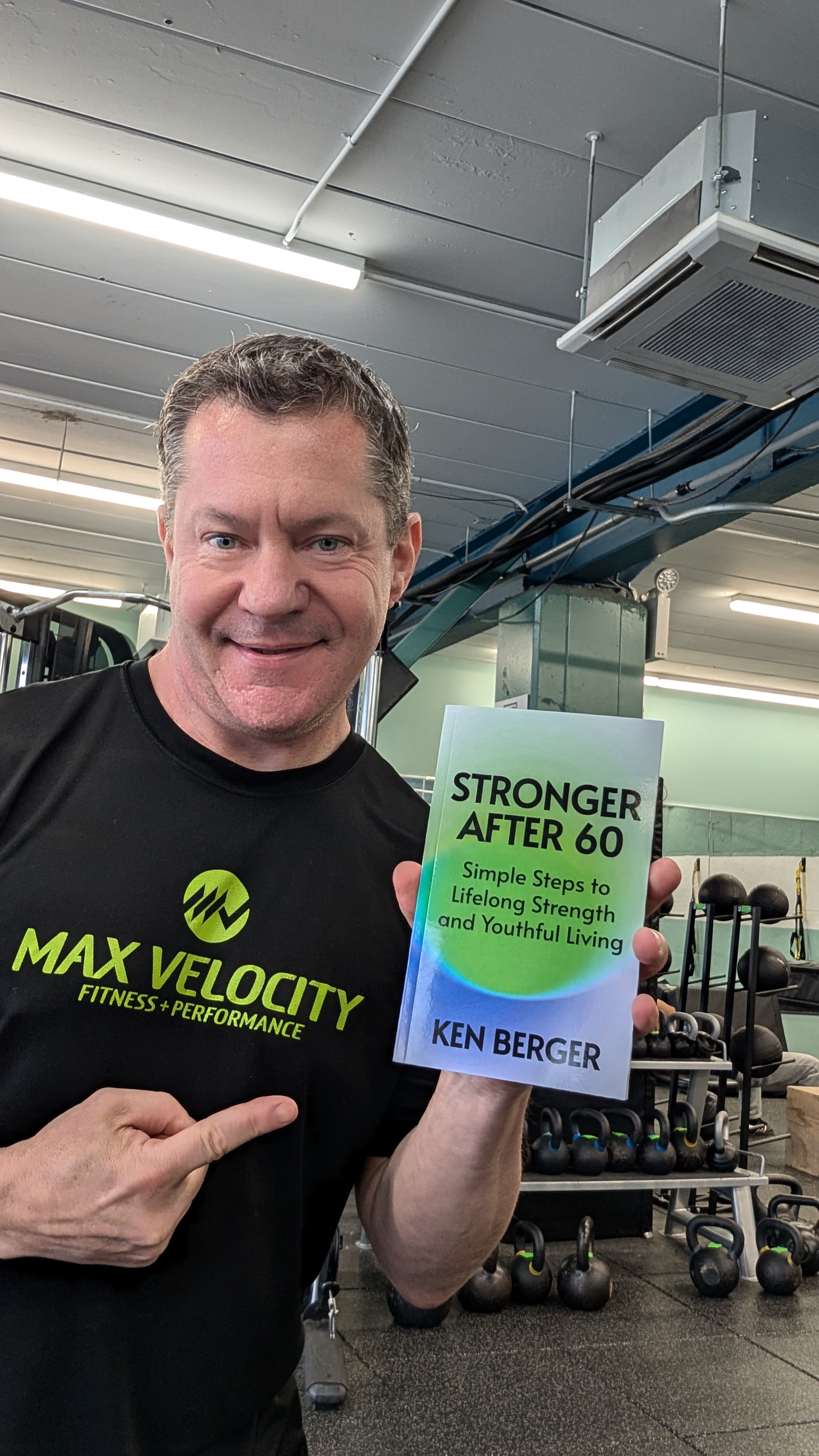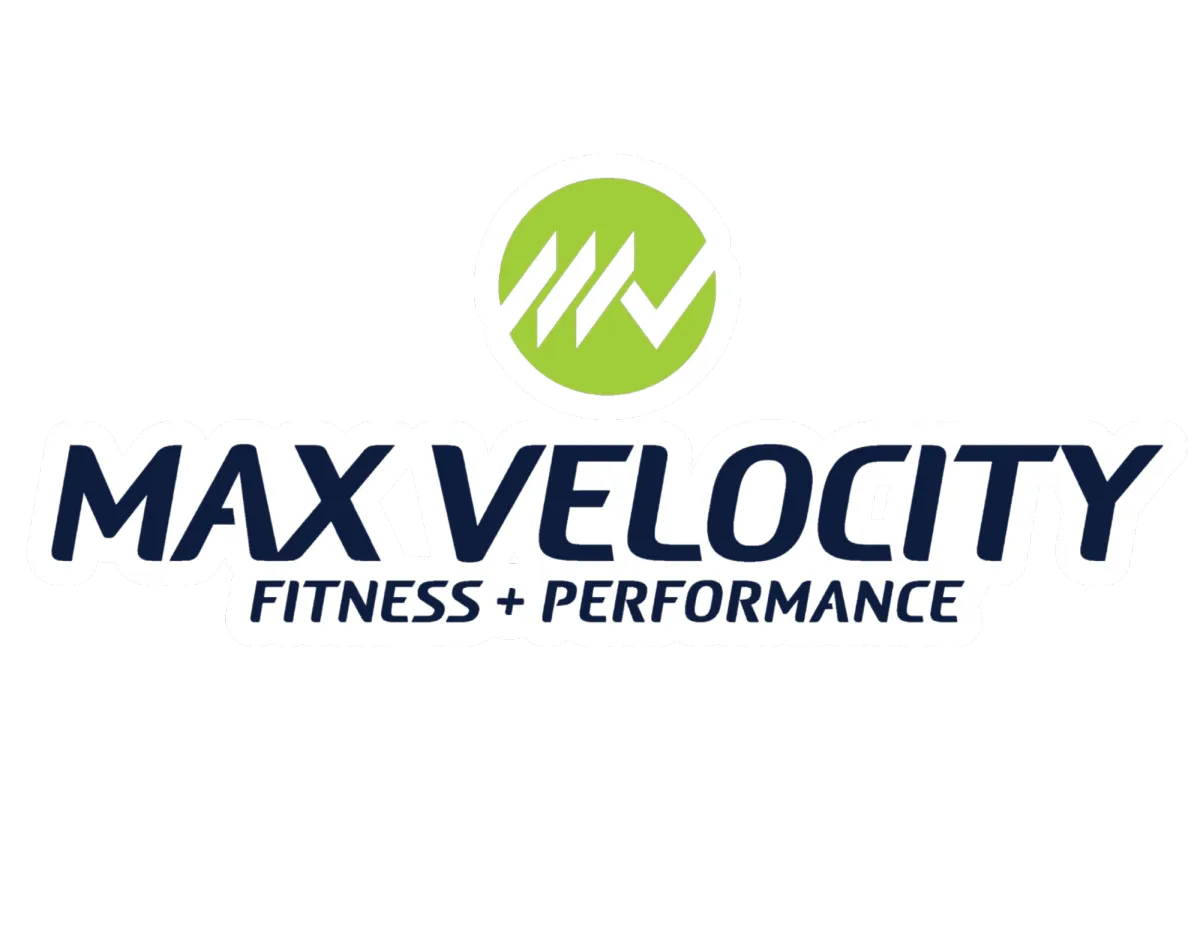

The hidden key to longevity: Why VO2 max matters more than anything else
By Ken Berger
Meet Linda. At 62, she’s a grandmother who loves to hike. Every Saturday, she hits the trails with her friends. They share stories, laugh and enjoy the beauty of nature. But lately, Linda has noticed something troubling.
While her friends seem to bound up hills with ease, she finds herself lagging behind. Climbing stairs feels more challenging, and she worries about keeping up with her energetic grandchildren. What’s happening?

The answer lies in a number you may not have heard of: VO2 max.
What is VO2 Max?
VO2 max measures how much oxygen your body can use during intense exercise. It’s a key indicator of cardiovascular fitness and overall health. As we age, our VO2 max declines – no matter how fit we are – which can impact our ability to stay active and independent.
For example, in the chart below courtesy of Jayson Gifford, a 25-year-old woman with an elite fitness level might have a VO2 max around 60 ml/kg/min. This means she’d be able to carry heavy objects upstairs, jog 6 mph up a steep hill and run 10 mph on flat ground.
But by the time she reaches 80, that number can drop to around 30 ml/kg/min … even if she’s spent the past 5 decades consistently exercising at a high level!

And a VO2 max of 30 is the minimum she’d need to perform an activity like briskly climbing stairs. Anything below that, and she’d begin experiencing a life of limitations … instead of one filled with activity and independence.
The Aging Effect
As you age, even if you’ve been fit your entire life, you can expect a significant drop in your VO2 max. It’s not just about being active; it’s about maintaining a high level of cardiovascular fitness. To live an unrestricted life into your later years—think climbing stairs without gasping for breath or carrying groceries without strain—you need to aim for a VO2 max that rivals someone two decades younger at an elite level in middle age!
This is why understanding VO2 max is crucial for anyone over 50. It’s not just a number; it’s a predictor of how well you’ll be able to enjoy life as you age.
The data don’t lie
According to a study published in the Journal of the American Medical Association, the higher your VO2 max, the longer you will live.
What’s even more mind-blowing are the 12-month mortality rates for people in the “below-average” quartile of VO2 max for their age compared to those in the “above-average” quartile for their age. The risk of death from any cause in the next 12 months is 41 percent greater for those in the below-average quartile for VO2 max compared to those in the above-average quartile!
As you can see in the data, this is the same risk for a smoker compared to a non-smoker!
"When I talk about how VO2 max is the single most important biomarker we have for lifespan, these are the data from which I make that claim," longevity expert Dr. Peter Attia said on a recent episode of his podcast, "The Drive."
Why You Should Care
If that doesn’t drive home why taking every step possible to improve your peak cardiovascular capacity, or VO2 max, then I’m not sure what will.
Aging is not about accepting limitations. We are in control of our future health and independence … but it’s important that we recognize this now and start taking action with a sense of urgency.
And when you consider these data and what they mean, understand the consequences of having a greater sense of urgency about business meetings, dinner and drinks or almost anything else instead of taking the time to improve your cardiovascular health.
It’s quite literally a matter of life-and-death, and we are all in a race against time … with no time to waste.

High VO2 max levels can help you maintain your independence and quality of life as you age. It allows you to engage in activities you love without feeling winded or fatigued.
Linda realized she didn’t want to be the one lagging behind on hikes. She wanted to keep up with her friends and enjoy every moment with her grandchildren.
So how can someone like Linda – and you – improve their VO2 max? The answer begins with exercise, specifically through what’s known as Zone 2 training.
What is Zone 2 Training?
Zone 2 training focuses on building a strong aerobic base. It involves exercising at a moderate intensity where you can still hold a conversation but are working hard enough to elevate your heart rate. This type of training helps improve your cardiovascular capacity and lays the groundwork for higher-intensity workouts later on.
Simple Steps to Start Zone 2 Training:
1. Find Your Zone: Calculate your Zone 2 heart rate by subtracting your age from 180. For Linda, that would be 180 - 62 = 118 beats per minute (BPM). Note that few people will fall exactly on this number; they’ll be in a range of plus-or-minus 5 percent.
2. Choose Your Activity: Pick an aerobic activity you enjoy—walking, cycling, swimming or even dancing. The key is consistency and enjoyment.
3. Start Slow: Begin with sessions of 20-30 minutes at your Zone 2 heart rate three times a week. Gradually increase the duration as your fitness improves.
4. Mix It Up: Incorporate variety into your routine by adding different activities or increasing the intensity once you're comfortable in Zone 2.
5. Track Your Progress: Use a heart rate monitor or fitness app to keep an eye on your heart rate during workouts. This will help ensure you're staying in the right zone.
By establishing this aerobic base through Zone 2 training, Linda can prepare her body for more intense workouts aimed at improving her VO2 max.
Leveling Up: Training Your VO2 Max
Once you've built a solid aerobic base through Zone 2 training, you're ready to tackle the next challenge: improving your VO2 max through interval training.
What is Interval Training?
Interval training involves short bursts of high-intensity exercise followed by periods of rest or low-intensity activity. This type of training pushes your cardiovascular system to its limits, helping to increase your VO2 max.
Simple Ways to Start Interval Training
1. Start Slow: Begin with just one or two interval sessions per week, allowing your body time to recover between workouts.
2. The 30-30 Method: Try 30 seconds of high-intensity exercise followed by 30 seconds of rest. Repeat this cycle for 10-15 minutes.
3. Fartlek Training: During a regular walk or jog, pick a landmark (like a tree or streetlight) and increase your pace until you reach it. Then return to your normal pace. Repeat this throughout your workout.
4. Stair Climbing: Find a set of stairs and climb them quickly for 20-30 seconds, then walk back down. Repeat 5-10 times.
5. Bike Intervals: If you enjoy cycling, pedal hard for 1 minute, then pedal easily for 2 minutes. Repeat this cycle 5-8 times.
Remember, the key is to push yourself during the high-intensity periods. You should feel breathless and find it difficult to speak in full sentences.
Safety First
Always warm up before interval training and cool down afterward. If you have any health concerns, check with your doctor before starting a new exercise program.
As you progress, you can gradually increase the duration of your high-intensity intervals or decrease your rest periods. The goal is to challenge yourself while listening to your body.

By combining Zone 2 training with interval workouts, you're giving your cardiovascular system a complete workout. This balanced approach will help improve your VO2 max and overall fitness, setting you up for a more active and enjoyable life as you age.
Once you’ve worked through the basic steps outlined here, a knowledgeable coach can guide you through the next steps … the ones that will get you that “two decades younger at an elite level” VO2 max. The sweet spot here is 3-8 minute intervals, which is an elite level of training most people shouldn’t attempt without proper guidance and support from an educated coach.
The Bigger Picture
Linda's journey doesn’t end with just improving her VO2 max; it opens doors to a more active lifestyle. With better cardiovascular fitness, she’ll find herself more energetic and capable of tackling challenges that come her way—whether it’s hiking up steep trails or playing tag with her grandchildren.
Your Next Steps
So what about you? Are you ready to take charge of your health? Understanding and improving your VO2 max can be transformative as you age.
Start small and focus on building that aerobic base through Zone 2 training first before progressing to interval workouts aimed at boosting your VO2 max further. Remember that every step counts!
As you think about your future, consider what activities bring you joy and fulfillment. Do you want to keep up with loved ones? Explore new places? Enjoy life without limitations?
The choice is yours. Just like Linda, you have the power to shape your future through simple yet effective actions today.
If you'd like to learn more about how to build a solid aerobic base and explore safe and effective ways to increase your peak cardiovascular capacity, you should schedule a FREE Results Accelerator Call. There's no risk and no obligation ... just me helping you live a longer and healthier life. Here's the link where you can schedule your FREE call.

Ken Berger
Ken Berger is the best-selling author of "Stronger After 60: Simple Steps to Lifelong Strength and Youthful Living." His latest book, "The Practice Growth Playbook," helps sports medicine and concierge doctors build local trust and grow with purpose. After 25 years as a professional sports journalist for the Associated Press, Newsday, CBS Sports, The Athletic and Bleacher Report, Ken now takes the lessons learned from the world's greatest athletes and changes lives through exercise and nutrition. He's the Founder and CEO of Max Velocity Fitness and Healthspan Velocity Partners.
Want To Learn More First? Download A FREE Copy Of My Best-Selling Book ... Stronger After 60!
My new best-selling book, Stronger After 60, is your ultimate guide to optimal health, fitness and longevity through the power of science and healthy habits.
Stronger After 60 will change the way you think about aging. This book is designed for real people who want simple solutions to maintain their strength and youthful energy while enjoying the best things in life without restriction. It’s your roadmap to longevity, wellness and enjoying your 60s and beyond like someone half your age.

And TODAY, You Can Get Your Very Own Copy of Stronger After 60 ... for FREE!
Just click the button below, fill out your info, and a copy of Stronger After 60
will be on its way to your inbox in seconds!
Don't miss out on this life-changing opportunity. Get your FREE copy of Stronger After 60 NOW.



